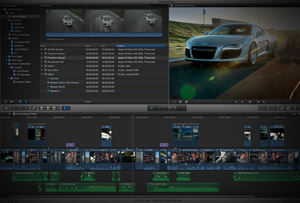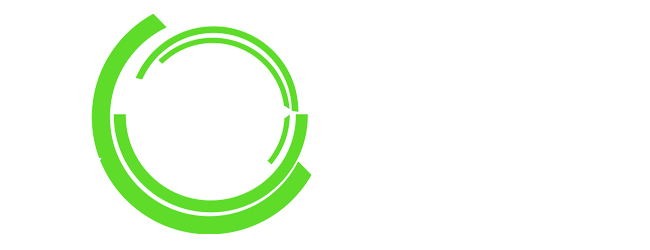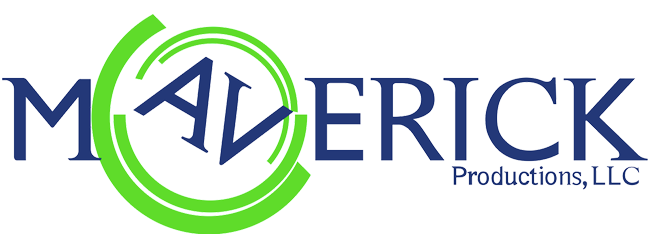19 Oct Video Production Process – Part 3
(Part 2 available here.)
Post-production
 As the filming process comes to a close, the footage is given to editors, who transfer the footage to a workable format and create dailies, which are the best clips of each shot. The editors frequently work with the producers and directors to select the best shots, and then they assemble them into scenes. This happens in various stages, and the editors make multiple passes through a scene to cut down any extraneous content and to time the cuts dramatically. Once they have a rough cut of the film, they add in ADR (Additional Dialogue Recording) to replace most of the audio in the film. They do this because many times the audio recorded during filming is not pristine – sometimes the sound recorder is too far from the actor or the microphone picks up equipment noise or the director just doesn’t like the way an actor said a line. At this time they also record all of the sound effects; again, nearly every sound you hear in a movie or professional video has been added in, including footsteps, ambient bird and wind noises, and any natural sound, like a refrigerator door closing.
As the filming process comes to a close, the footage is given to editors, who transfer the footage to a workable format and create dailies, which are the best clips of each shot. The editors frequently work with the producers and directors to select the best shots, and then they assemble them into scenes. This happens in various stages, and the editors make multiple passes through a scene to cut down any extraneous content and to time the cuts dramatically. Once they have a rough cut of the film, they add in ADR (Additional Dialogue Recording) to replace most of the audio in the film. They do this because many times the audio recorded during filming is not pristine – sometimes the sound recorder is too far from the actor or the microphone picks up equipment noise or the director just doesn’t like the way an actor said a line. At this time they also record all of the sound effects; again, nearly every sound you hear in a movie or professional video has been added in, including footsteps, ambient bird and wind noises, and any natural sound, like a refrigerator door closing.
Depending on the project, visual effects may be digitally added as well. Most films (and almost every commercial) now use computer graphic effects to supplement the shots, but corporate videos usually keep visual effects to a minimum. As ADR, sound effects, and visual effects are added, the editors finely tune the film so that it is ready for release. In fact, the editors have the ability to change how a film is structured because they are the people who technically weave all of the disparate shots into a coherent narrative.
After the film is complete, the editors send the movie or video to be formatted for the correct display (film for a theatre, home video, digital release, etc) and the producers handle the marketing and distribution. This final step is vague because the methods of marketing and distribution highly depend on the nature of the project. Many short, online videos go directly to the client to be distributed online, while longer film projects have more complex systems of distribution that depend on media rights laws.
Regardless, the film and video production process is very detailed and complex and requires many people and planning to successfully accomplish. There is not a single part that is the “most important,” because many of the steps overlap each other and depend on the level of involvement of the producers. Visual storytelling, whether instructional, commercial, or creative, is vital to the way we communicate in this world. Hopefully these short blog posts have helped give some insight into the intricacy of film and video development.
Maverick Productions is a leading Boston-based video production company that shoots, edits, and produced professional HD videos for websites, broadcast, and corporate use. Using your image and brand as a foundation Maverick Productions develops dynamic videos that help promote your business. Contact Us to receive a free personal quote from 8-time Emmy Award winner Jeff Lazzarino and his team at Maverick Productions.


